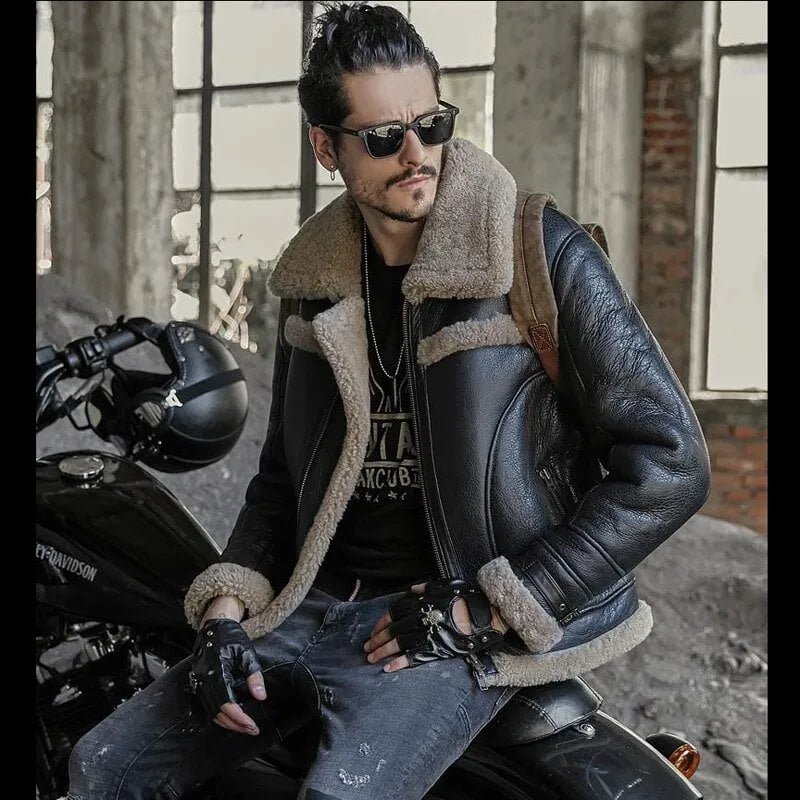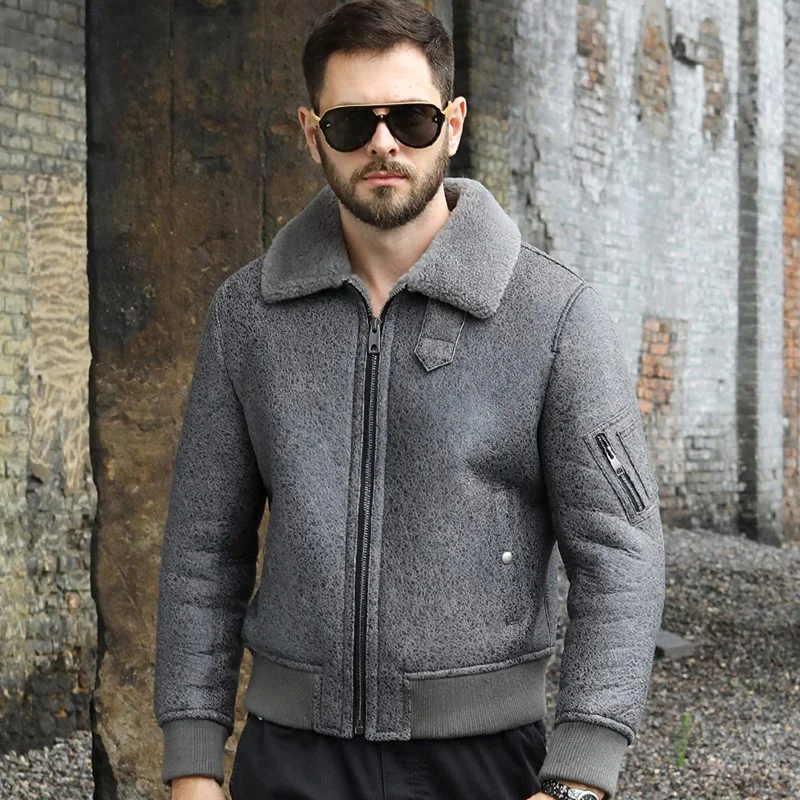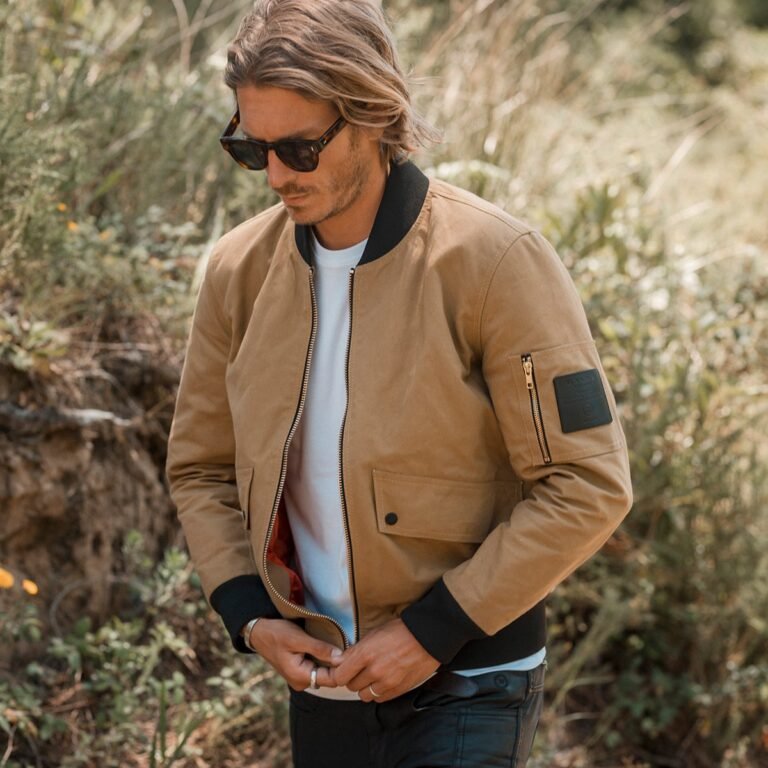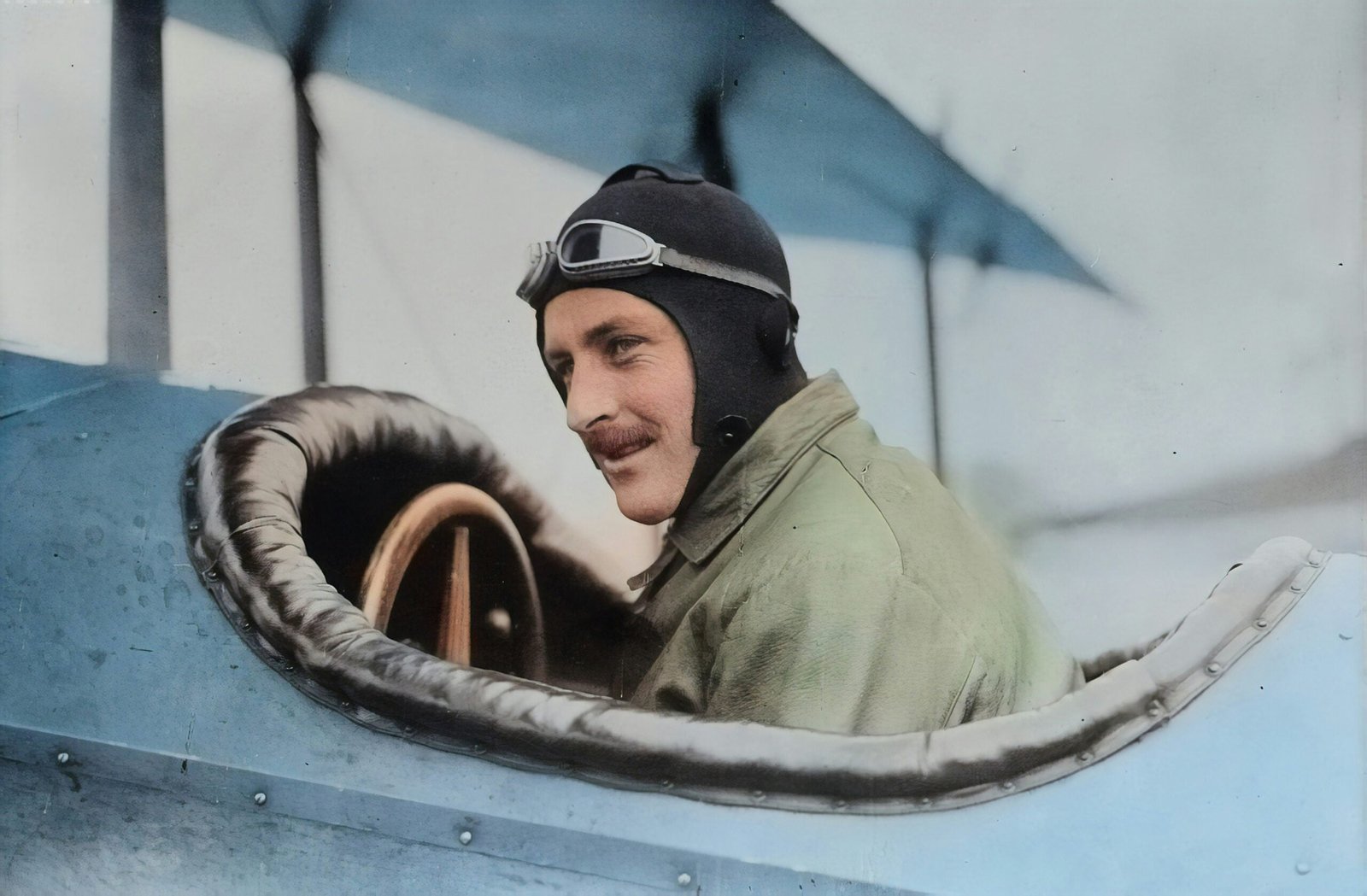What is an Aviator Leather Jacket Made Of?
History and Evolution of Aviator Leather Jackets
The aviator leather jacket, also known as a flight jacket, has a storied history that traces back to the early 20th century. Originally designed for military pilots, these jackets were essential during World War I and II, providing much-needed warmth and protection at high altitudes. As aircraft became more advanced and capable of flying at greater heights, the need for specialized clothing to withstand the cold became apparent. Thus, the aviator leather jacket was born, characterized by its durable leather material and practical design features.
One of the key elements of the early aviator jackets was the shearling lining. This thick, insulating layer of wool was crucial for keeping pilots warm during long flights in unheated cockpits. The sturdy leather exterior provided a barrier against wind and moisture, while heavy-duty zippers and buttons ensured that the jacket could withstand the rigors of military use.
As the years went by, the aviator leather jacket began to transition from a purely functional piece of military gear to a fashion icon. Post-war, surplus jackets became popular among civilians, and their rugged, masculine appeal caught the attention of fashion designers.The shearling lining, heavy-duty zippers, and robust leather material continued to be hallmarks of the aviator jacket.
Today, the aviator leather jacket remains a beloved fashion staple. Modern iterations often feature sleeker silhouettes and a variety of colors, yet they retain the timeless qualities that made the original design so enduring. Whether worn for practical purposes or as a statement piece, the aviator leather jacket symbolizes a blend of heritage and style, bridging the gap between its military origins and contemporary fashion trends.

Materials and Craftsmanship of Aviator Leather Jackets
Aviator leather jackets are renowned for their blend of durability, comfort, and style, achieved through the careful selection of materials and expert craftsmanship. The primary material used in these jackets is leather, which can come from various animal hides, each offering distinct properties. Cowhide is a popular choice due to its robustness and resistance to wear and tear. It provides a sturdy, long-lasting jacket suitable for harsh conditions.
Known for its toughness and smooth texture, horsehide offers a unique combination of durability and aesthetic appeal. The use of high-quality leather is crucial, as it ensures the jacket can withstand the rigors of frequent use while developing a rich patina over time, enhancing its visual appeal.

In addition to the outer leather, the lining of aviator leather jackets often features shearling or fur. Shearling, derived from sheepskin, maintains the wool on one side and leather on the other, providing excellent insulation and a luxurious feel. This lining is integral to the jacket’s ability to retain warmth, making it an ideal choice for colder climates.
The craftsmanship involved in creating aviator leather jackets is equally important. Skilled artisans employ precise stitching techniques to ensure the seams are strong and durable. High-quality hardware, such as zippers and buttons, is essential for both functionality and longevity.
These processes may include waxing, oiling, or dyeing, which not only protect the leather from elements like water and UV rays but also give it a distinctive look. This meticulous attention to detail in both materials and craftsmanship ensures that aviator leather jackets are not only functional and stylish but also built to last.







